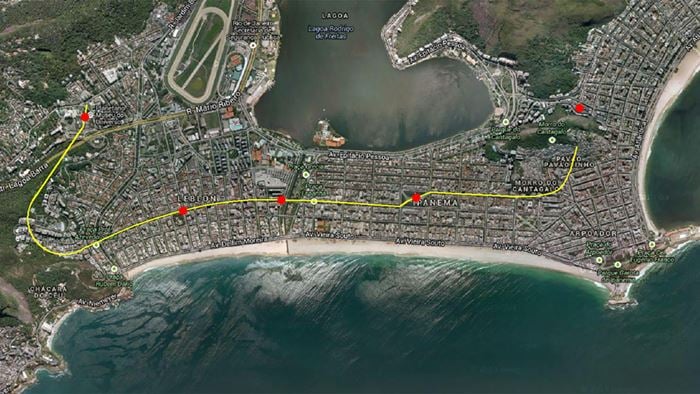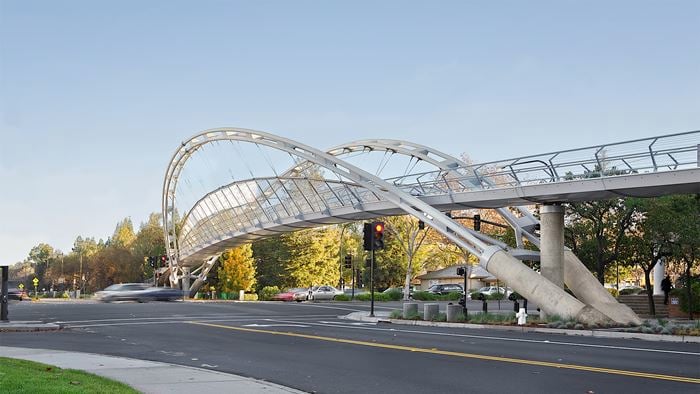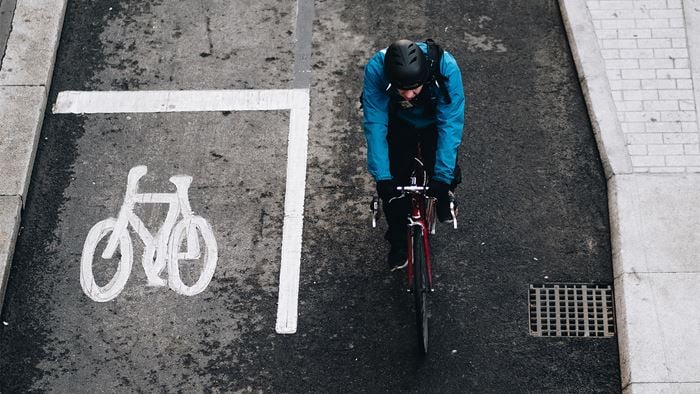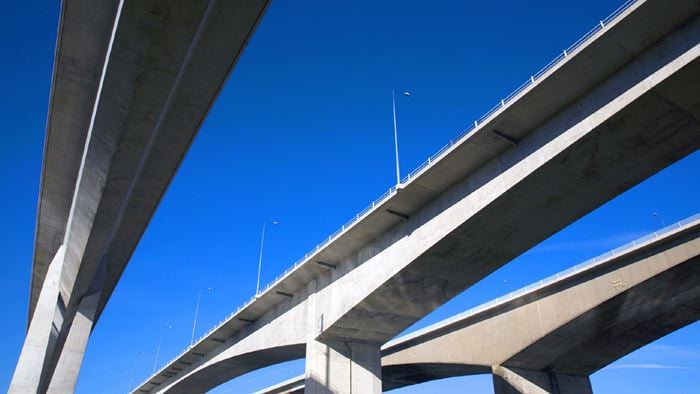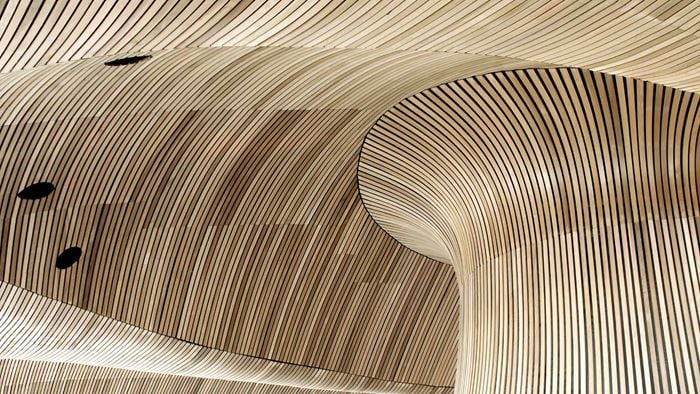Ciudad Creativa Digital, or Creative Digital City, (CCD), is being designed as a hub for the digital industry in Guadalajara, Mexico. The goal for this development is to become the preferred location for creative minds to develop content for the Spanish speaking market. Arup was part of a team that prepared a concept masterplan for this new creative industry cluster.
One of the project's main goals was to convert approximately 40 hectares of existing buildings into a creative digital district. The concept demanded high standards for innovation and efficiency across a series of design principles, infrastructure elements, and sustainability.
For the concept masterplan, physical design and digital masterplanning were blended together, giving a strong emphasis to creating a unique digital place to live and work. The highlights of the concept plan include the creation of an attractive, responsive outdoor space through the district park, design and implementation of a digital platform to use real-time data in an urban context complete with cloud services, sensory network, and the built environment.
The plan was intended to attract a mix of enterprises, institutions, and creative talent using the proposed digital infrastructure and value-added services.
Our scope integrated planning, sustainability strategies for water management, energy, waste management, and digital architecture, resulting in a single digital and sustainable strategy for the project.
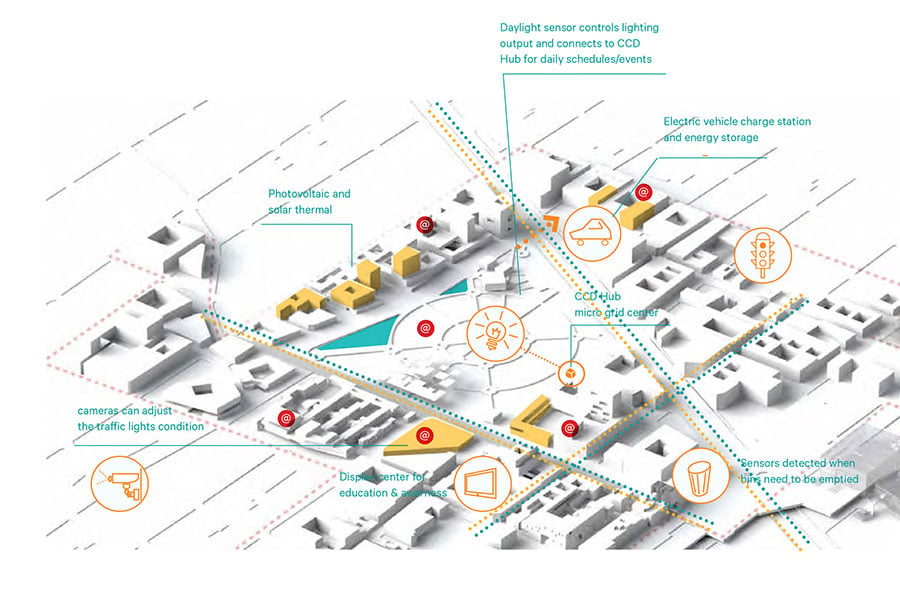
“"The CCD core sustainable principles use new technologies to increase infrastructure efficiency and create value through a new set of digital tools." ”
Pablo Lazo Associate Principal
Sustainability vision
The principles that encapsulate this vision have been driving the evolving concept masterplan. They are set to position Ciudad Creativa Digital at the forefront of sustainable development and fundamentally they inform the design, focusing on performance for specific measures and the use of resources efficiently.
These principles are:
-
Set up an urban operating system for infrastructure that brings together the hardware from the various utility and public services and makes them work more efficiently.
-
Create a physical environment suitable to allow a digital lifestyle in the public domain that lets users and residents experience urban infomatic devices and services while interacting with the urban context in real time and real space.
-
The district will reduce energy usage by developing local, decentralised sources of renewable energy supply and minimise embodied energy of construction materials.
-
Minimise water consumption through recycled wastewater and rainwater for irrigation and secondary uses.
-
Waste is minimised and serves as a resource for energy production.
-
Local biodiversity is supported through public parks, ecological corridors, green roofs, and communal spaces.
-
Compact, mixed-use communities are built at the pedestrian scale with safety in mind. Residents can conveniently access work, public services, shops, and green spaces through a network of walking and cycling paths and frequent public transport.
-
Healthy communities are established where residents of all ages can enjoy a variety of recreational activities.


